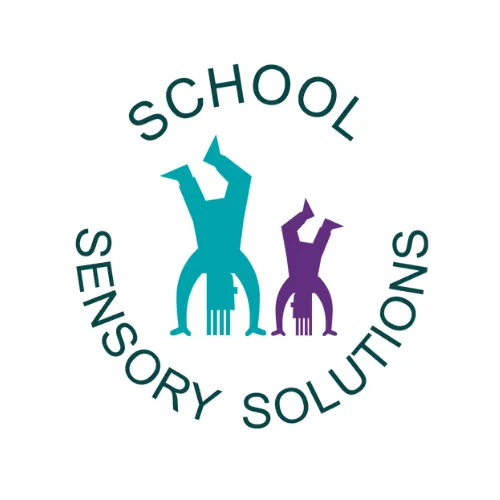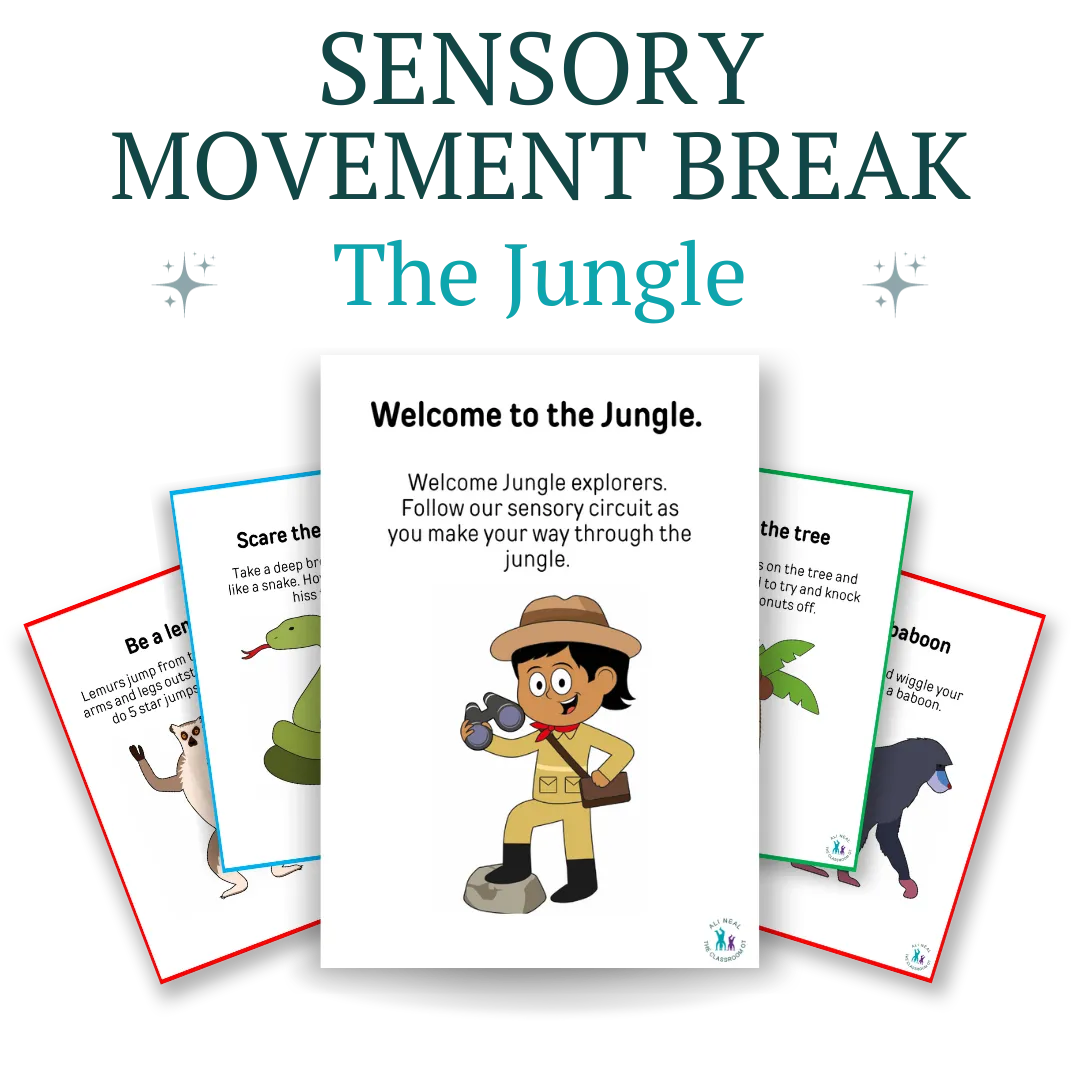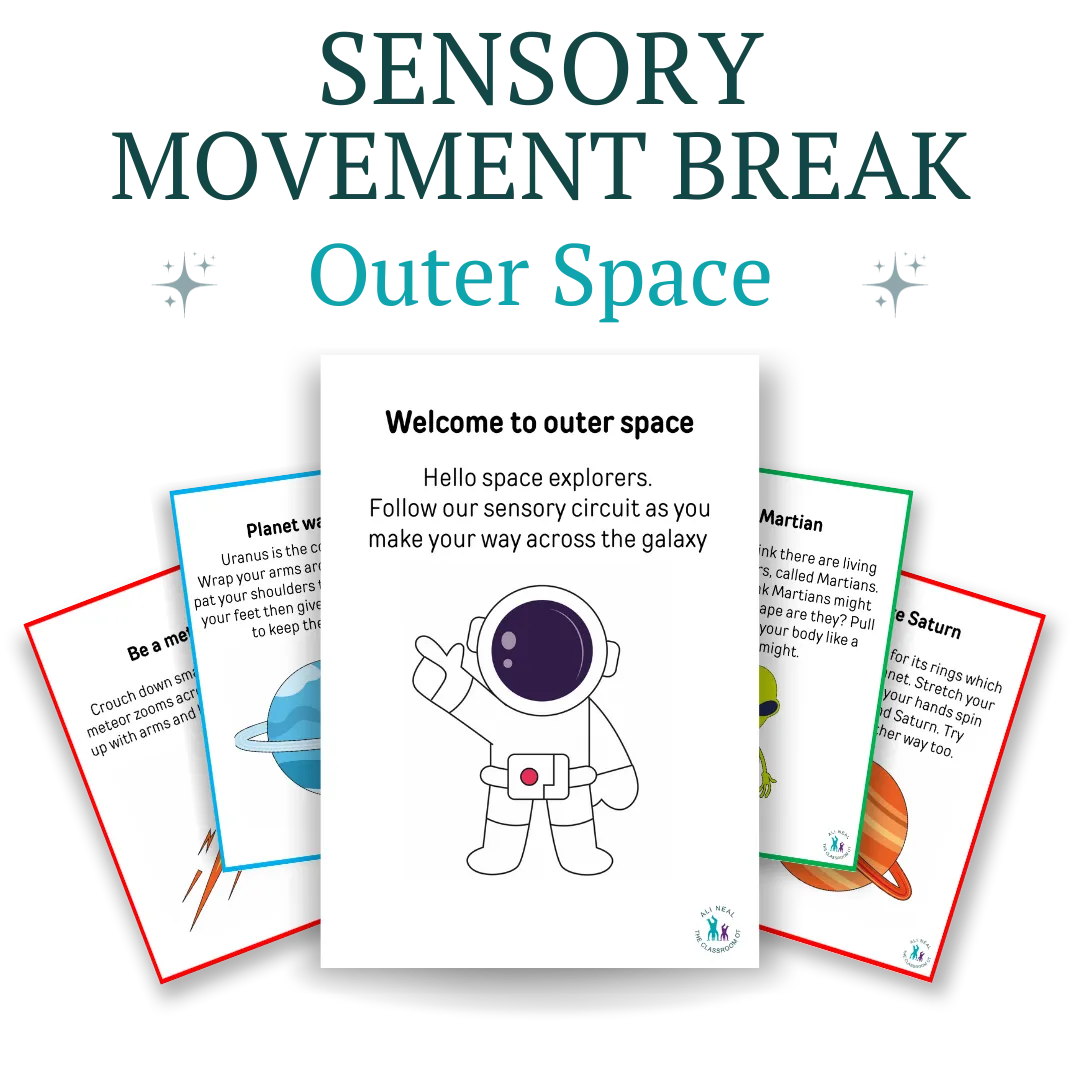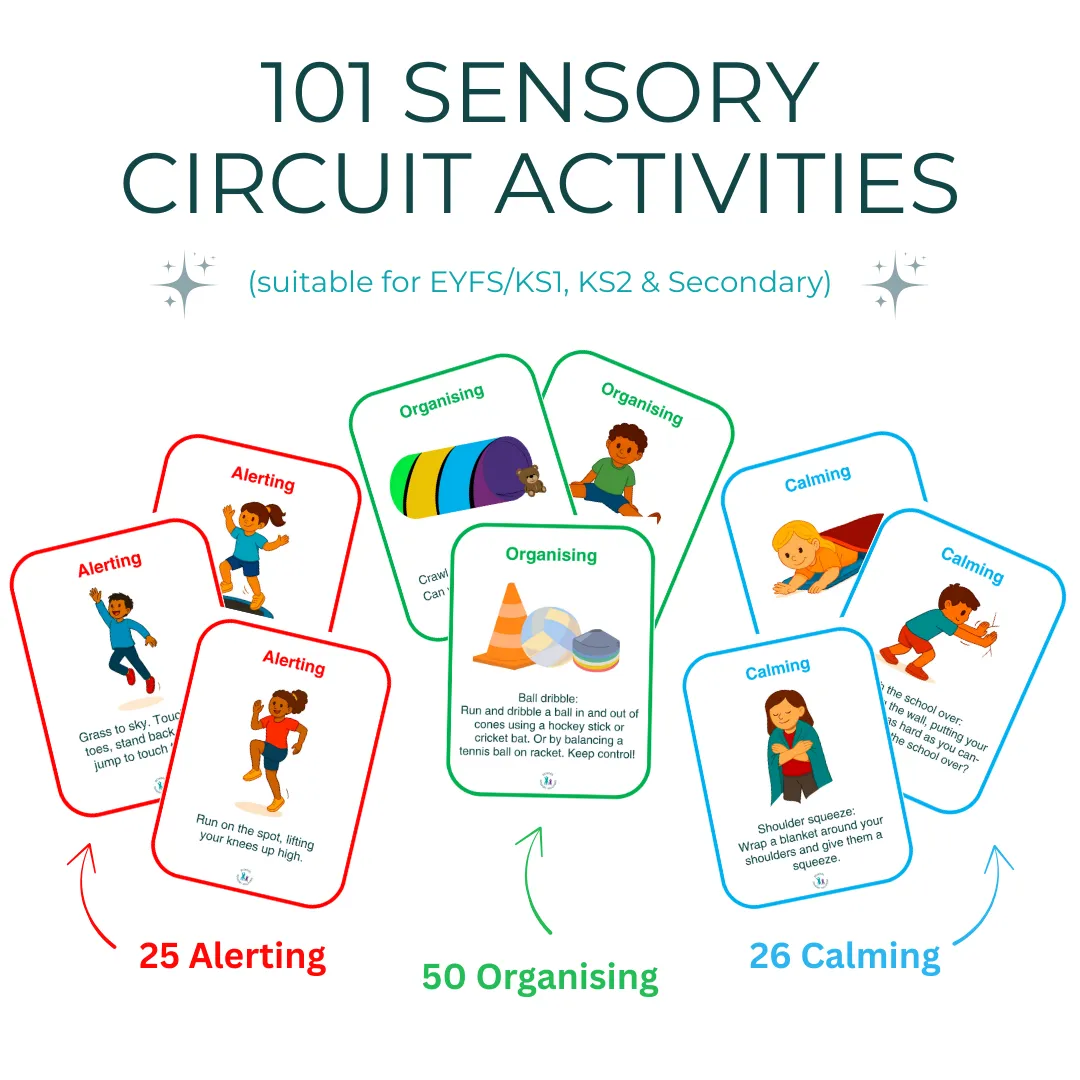The Complete Guide to Sensory Circuits for Schools
What sensory circuits are, how to run them, and how to make them part of your whole-school SEND strategy.
Understanding Sensory Circuits in Schools: An Essential Guide
What sensory circuits are, how to run them, and how to make them part of your whole-school SEND strategy.
What are Sensory Circuits?
Sensory circuits are a series of activities that you can do with an individual or a group of pupils to give them opportunities for movement breaks and to aid their regulation. The overall aim is that the circuit will help students focus, be centred and be ready to learn in class.
Where can they be run?
Circuits can be carried out anywhere, but often the hall is the best place as there is more space and you can utilise some PE equipment.
Traditional circuit activities fall into one of three categories – alerting, organising or calming:
Alerting activities tend to be fast-paced and involve movement of the head. They might include spinning, going upside down and rapid start stop movements like shuttle runs.
Organising activities tend to involve a young person having to think and plan their movements and maybe multitask, for example balancing whilst throwing and catching.
Calming activities tend to involve deep pressure and slow or rocking movements.
The idea is to do alerting activities first, followed by organising activities and end with calming activities so the student returns to class calm and organised. Not all pupils need to do all three stages (and my training explains why) but using the three stages can be a helpful place to start.
Benefits of Sensory Circuits
Sensory circuits provide structured sensory activities designed to help autistic children and those with ADHD or sensory processing differences to regulate their sensory systems.
By engaging in targeted movement and sensory input, these circuits help children achieve a calm, alert state that supports improved focus, emotional regulation, and positive behaviour. Sensory circuits create an inclusive environment where every pupil can participate and thrive, tailored to their unique sensory needs.
Clear outcomes:
Improved focus and readiness to learn
Better self-regulation and positive behaviour
Increased inclusive participation and engagement in class activities

Want to learn the exact steps to set up a successful Sensory Circuits programme in your school?
How to Run a Sensory Circuits Session
There are many ways to run a sensory circuit session - you can set up a formal circuit using equipment in the hall or simply create a movement space anywhere that suits your environment.
To help you get started, I offer free downloadable posters featuring a variety of activities, along with a simple equipment list and a suggested lesson plan to make your sessions smooth and effective.
Whether you have access to full equipment or just a few basic items, these resources will guide you step-by-step.
Free Downloads!
Circuits lesson plans
Circuits equipment list
Activity Posters
Ready to use Sensory Circuits Resources:
For even more ideas and creative themes, explore my paid resources like 101 Sensory Circuit Activities and themed movement breaks inspired by a journey with dinosaurs, through the jungle, and into outer space - designed to engage pupils and make every session fun and adaptable to any setting.
Equipment and resources
Coming soon!
We're currently in the middle of updating our website but information will be added to this section soon!
Circuits in the wider SEND strategy
Sensory Circuits: One Powerful Strategy Among Many
That’s why I created the Sensory Champion Course, a comprehensive two-day training programme that includes a focused half-day module on sensory circuits alongside a range of other essential topics - covering everything from environmental adaptations to personalised sensory supports.
While sensory circuits are a highly effective way to support pupils with sensory processing needs, they are just one piece of the puzzle. Meeting the diverse sensory needs of children with autism, ADHD, and other differences requires a whole-school, tailored approach - one that combines multiple strategies and a deep understanding of sensory regulation.
If you’re looking for a more in-depth, practical guide specifically on how to plan and run sensory circuits confidently, my One-Day How to Run Sensory Circuits Course offers step-by-step instruction, real-world examples, and resources you can start using immediately.
Both courses are designed to fit into busy schedules and give you proven, easy-to-implement tools that make a real difference for your pupils and school.
Free Webinar
Already running sensory circuits and want to make them better?
Then watch my free webinar Sensory Circuits: 5 ways to maximise their effectiveness.
In this free webinar, I will explain to you five simple steps that you can follow to maximise the effectiveness of sensory circuits in your school.
These steps can be applied to any school setting as they are general principles you can take and use straight away with your pupils.
No matter if you work in a primary, secondary or special school or even as a home tutor, these steps will help you make your circuits effective.
Coming Soon!
Free webinar - instant access
Practical tips you can use tomorrow
Bonus: Get an exclusive Special Offer on training courses after watching the webinar
Join the waitlist and we will email you as soon as the webinar is available!
What people have said about our Sensory Circuits Training

"I think my expertise in this area has improved following the course."

"Gave me a greater understanding of the equipment to use to achieve a green zone of regulation"

"It's really clarified my understanding of the sorts activities that can be regulating/alerting"
Frequently Asked Questions about Sensory Circuits
Do I need training to run a circuit?
Anyone can run a sensory circuit using books or videos for ideas, and that’s a great place to start. However, for maximum benefit, training really helps - you’ll gain a deeper understanding of why certain pupils need circuits and which stages to focus on, leading to much better outcomes. If you want to feel confident and make a real difference, my training courses offer practical guidance that takes your skills to the next level.
What are Sensory Circuits?
Sensory circuits are structured activities that provide specific sensory input through movement, helping pupils regulate their sensory systems and prepare for learning. They typically include stages like alerting, organising, and calming activities.
Who can benefit from Sensory Circuits?
Sensory circuits can benefit any child who needs help with sensory regulation, including autistic children and those with ADHD, sensory processing differences or other additional needs. They support focus, behaviour, and emotional regulation. My training will help you identify children who would benefit from circuits and evaluate their effectiveness.
How long should a Sensory Circuits session be?
Most sessions last around 15 to 20 minutes and are usually done at the start of the school day or before demanding learning tasks. The timing should be adapted to suit the individual or group’s needs. My training will help you identify when circuits should take place and how long for.
Do I need special equipment?
No - you can run effective sensory circuits with simple, everyday equipment or even just body movements. However, certain items like balance beams, therapy balls, or resistance bands can enhance the experience if available. See my suggested equipment list for more ideas.
Can Sensory Circuits help with ADHD and autism?
Yes, sensory circuits are especially beneficial for autistic children and those with ADHD as they provide targeted sensory input that supports self-regulation, attention, and behaviour, making it easier for pupils to engage and learn.
Do circuits have to include the three stages - alerting, organising, and calming?
No, circuits don’t have to include all three stages, but they’re a helpful framework to start with. My training will guide you to identify which stages your pupils need most, so you can tailor sessions for the best results.
How often should sensory circuits be run?
Most schools run sensory circuits daily, usually at the start of the day or before challenging lessons. My training will help you determine the right frequency for your pupils and setting to get the best results.
Can sensory circuits be done in a classroom or do they need a special space?
Sensory circuits can be adapted to fit almost any space, from a full hall to a quiet corner in the classroom. Through my training, you’ll learn how to make the most of your available space to run effective sessions.
What if I don’t have time to run a full sensory circuit?
Even short bursts of sensory activities or targeted movement breaks can help. My courses show you how to integrate quick, impactful activities into busy schedules without compromising outcomes.
How do I measure if sensory circuits are working for my pupils?
Look for improvements in focus, behaviour, emotional regulation, and engagement. My training provides simple monitoring tools to track progress effectively.
Can sensory circuits replace other sensory interventions?
Sensory circuits are one tool in a wider sensory support toolkit. My Sensory Champion training guides you on how to combine circuits with other strategies for a personalised, holistic approach.
Do sensory circuits work for older pupils or just younger children?
Sensory circuits can be adapted for all ages. My courses include tips on tailoring activities to be age-appropriate and engaging for older pupils, and I have a specific downloadable 30 sensory circuit activities specifically for secondary school pupils.
How do I get staff buy-in and involvement in running sensory circuits?
Sharing clear evidence of benefits and providing easy-to-use resources boosts confidence. My training supports you in building staff engagement and embedding sensory circuits into your school’s routines.
Sensory Circuits can transform learning for SEND pupils — and we can help you get started.
About Us
School Sensory Solutions is an online training, resource and solutions service that will empower your school to support pupils who have SEND or are neurodivergent.
Keep in touch
Email: [email protected]
Address: Dovefields, Tutbury, Little Bridge Staffordshire DE13 9LW
Copyright © 2025 School Sensory Solutions - All Rights Reserved.





